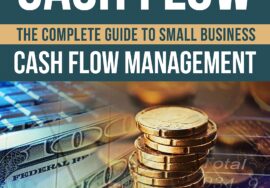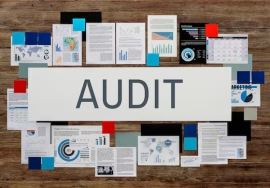
How to Structure a High-Performing Audit Team
In today’s fast-paced business environment, the role of an audit team extends beyond compliance and risk mitigation. It now plays a pivotal role in driving organizational efficiency, governance, and value creation. But the success of any audit function hinges on one crucial factor: team structure. A well-structured audit team not only ensures thorough and efficient audits but also fosters innovation, collaboration, and strategic alignment with business goals.
Here’s a step-by-step guide to structuring a high-performing audit team:
1. Define the Audit Function’s Mission and Scope
Before assembling the team, clearly define the audit department’s objectives. Is the focus strictly on financial audits, or does it include operational, compliance, and IT audits? The scope will determine the diversity and expertise required on the team.
Key Questions:
- What are the organization’s risk priorities?
- What are the regulatory requirements?
- How does internal audit add value?
2. Establish Clear Roles and Responsibilities
A high-performing audit team thrives on clarity. Roles should be well-defined to ensure accountability, efficiency, and balanced workloads.
Typical Roles Include:
- Chief Audit Executive (CAE): Sets strategy, liaises with the board/audit committee, and ensures alignment with corporate objectives.
- Audit Managers: Oversee audit planning, execution, and reporting; manage teams and review work.
- Senior Auditors: Lead fieldwork, mentor juniors, and perform high-level analyses.
- Staff Auditors/Associates: Handle testing, data analysis, and documentation under supervision.
- Subject Matter Experts (SMEs): Contracted or in-house specialists in IT, cybersecurity, compliance, or industry-specific areas.
3. Balance Technical and Soft Skills
Technical proficiency is critical, but so is the ability to communicate findings, navigate organizational politics, and influence change. A strong team blends:
- Accounting, finance, and regulatory knowledge
- Data analytics and IT auditing skills
- Communication, critical thinking, and stakeholder management
Tip: Encourage continuous professional development (CPA, CIA, CISA, etc.) and soft-skills training to keep the team agile.
4. Foster a Risk-Based Mindset
High-performing teams don’t just check boxes, they think critically about risk. Implementing a risk-based audit approach ensures resources are focused on areas of highest impact.
Action Points:
- Use enterprise risk assessments to guide audit plans.
- Align audits with strategic and operational priorities.
- Regularly update risk profiles based on changes in the business environment.
5. Integrate Technology and Data Analytics
Automation and analytics are game-changers for audit quality and efficiency. Equip your team with tools to mine data, identify anomalies, and monitor controls in real time.
Recommended Tools:
- Audit management software (e.g., TeamMate, AuditBoard)
- Data analytics platforms (e.g., ACL, IDEA, Power BI)
- Workflow and documentation tools (e.g., Microsoft Teams, SharePoint)
6. Promote a Culture of Collaboration and Integrity
Audit teams work cross-functionally and must build trust across the organization. Foster a culture where integrity, curiosity, and continuous improvement are core values.
Best Practices:
- Encourage open dialogue with management.
- Recognize and reward excellence.







